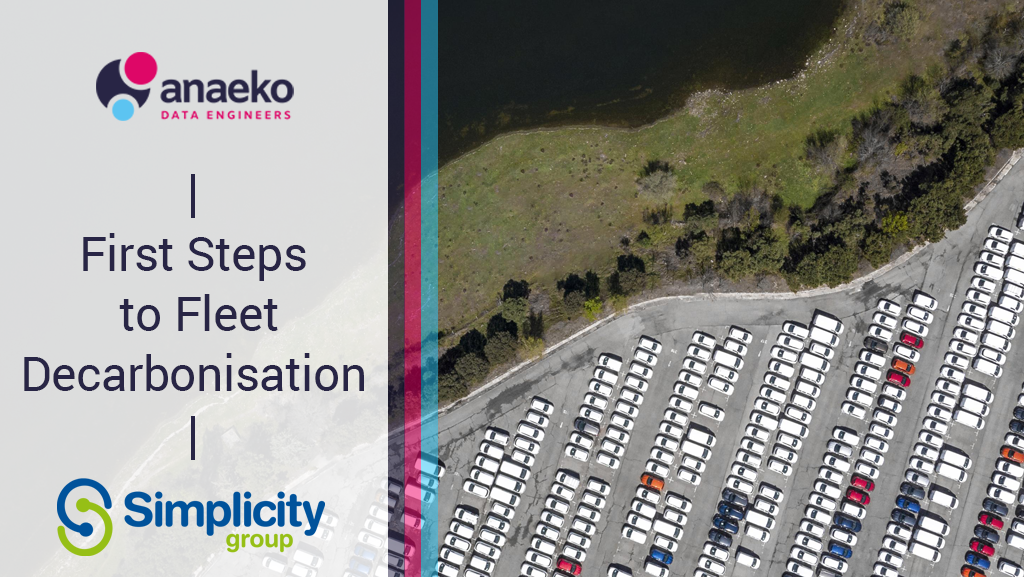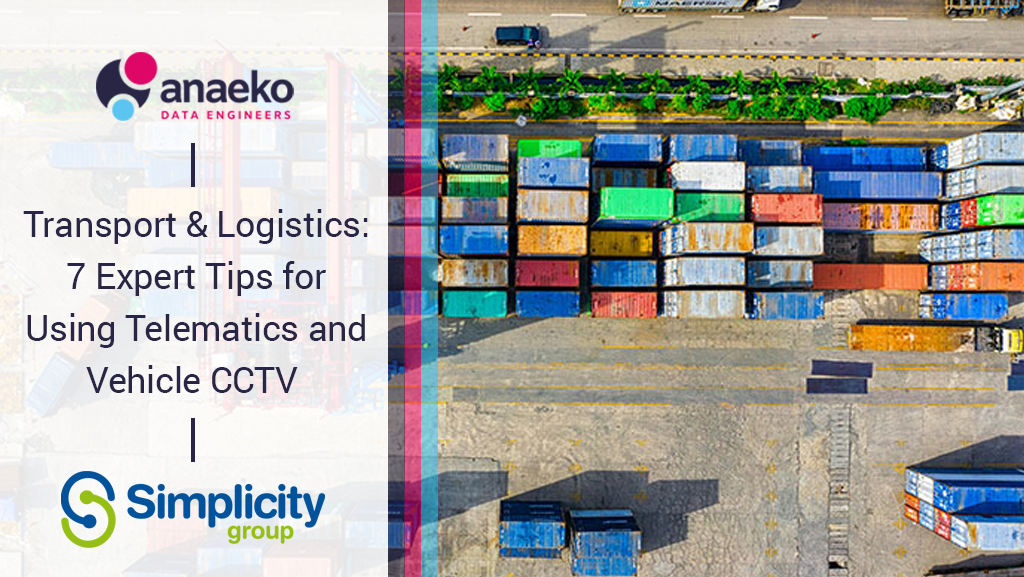When we shift focus from passenger transport to freight delivery, the discussion changes significantly. In our last webinar, we covered the topic of creating a frictionless border, which is crucial for clearing customs in international freight shipping. Freight transport, including the management of vehicles, drivers, and long-haul shipments, can be optimised using transport management systems and other tools. However, the area that offers the most potential for cost optimisation and control is the last-mile delivery.
Last-mile delivery refers to the final step in the delivery process, where a parcel moves from its hub to its final destination—whether that’s your doorstep or a retail store. From a consumer's perspective, there's an expectation of fast, free shipping, but this stage is actually one of the most expensive because it doesn’t follow a standard route.
In planning last-mile delivery, several factors must be considered:
- Warehouses and Routes: Efficient loading of multiple parcels into a single delivery vehicle is essential. This involves understanding the size, weight, and volume of packages to optimise the vehicle’s capacity.
- Geospatial Analysis: It's critical to analyse the locations of customers, the routes to reach them, and the proximity of distribution hubs to these customers.
- Intermodal Shipping: This involves planning how to transfer goods between different modes of transportation (e.g., from a truck to a delivery van).
With the increasing use of electric vehicles in last-mile delivery, considerations such as vehicle range and real-time monitoring of road conditions, traffic, and other data are becoming increasingly important. Various tools and products can be used to optimise these routes and provide custom analyses.
In practice, this might look like an Amazon delivery vehicle loaded with parcels for a specific route. The key aspects of optimisation include:
- Order Accuracy: Ensuring the right order reaches the correct person at the right time, often measured by customer complaints.
- Fuel Consumption and Service Time: Monitoring how much fuel is used and how long it takes to fulfil an order, from picking it up at the warehouse to delivering it.
- Damage Claims: Managing and reducing claims for damaged goods during shipment. Advanced sensors can be used on shipped goods to detect tilt and impact, preventing issues like improper stacking that can damage items like expensive electronics.
- Mileage Efficiency: Comparing planned mileage against actual mileage to ensure vehicles are being used efficiently and identifying any unnecessary stoppages.
Given that last-mile delivery often involves navigating small lanes and side roads, it's crucial to optimise this process to enhance the overall customer experience.
In transport planning and optimisation, it's essential to analyse what happened, understand why it happened, anticipate what could happen, and make recommendations for what should be done. This approach aligns with the four types of analytics: descriptive, diagnostic, predictive, and prescriptive.
At Anaeko, we provide services across these areas. We connect and integrate with the specialised tools and algorithms available for each specific function, leveraging the data accessible from these sources to enhance our analytics and decision-making processes.
Join our next webinar:

Topics: Data Analytics, Data, transport, sustainability



